Breaking Down the AAS Budget
In light of recent AAS budgetary changes, The Student breaks down what the current figures are, explaining where the money goes and what of it is available to students.
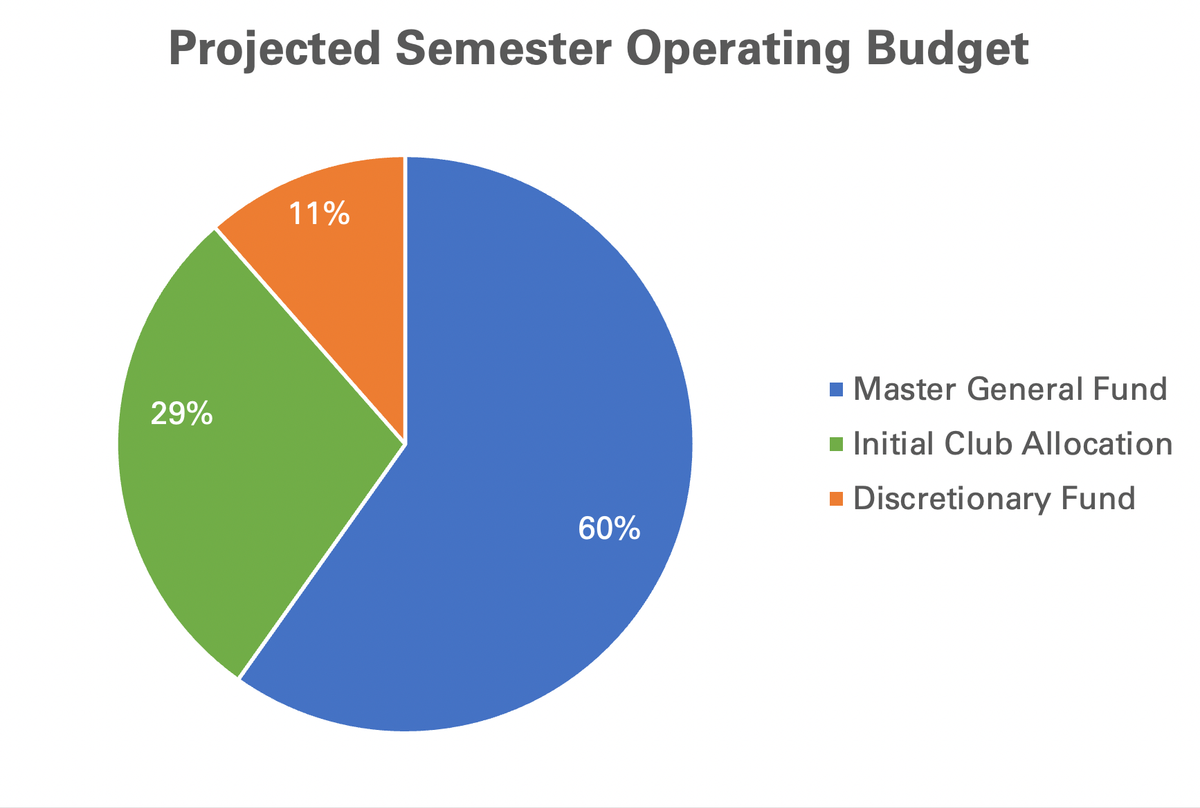
The Association of Amherst Students (AAS) finalized its Spring 2023 budget on Monday, March 6, after months of uncertainty around the figure. Originally estimated at $570,000, the number has dropped over $200,000, and settled at $340,000, after the Office of Student Activities settled last semester’s balance.
Since Fall 2022, the AAS has been experiencing a budget crisis, which has caused several recent shifts in the AAS Budgetary Committee’s (BC) policy as well as in the AAS budget itself. This has exacerbated confusion about how the AAS budget — which provides funding for activities of all kinds — actually works.
In light of these new changes, what exactly does the breakdown of the AAS’ current budget look like? With the goal of answering this question, The Student pieced together what money is available to students, and where it goes.
For starters, the operating budget is paid for by the student activities fee, which is included in the college’s comprehensive fee for students. A 5 percent increase to the student activities fee, from $300 to $315 per semester — after years of calls from students to increase the fee since it was reduced during the Covid pandemic — has been approved by the Board of Trustees, according to a March 7 email from the President’s Office. This increase is still $50 lower than the $365 per semester fee that was charged pre-Covid, a fact which BC members previously said has contributed to the body’s recent fiscal difficulties.
Until this past Monday, March 6, the public budget sheet managed by AAS Treasurer Dania Hallak ’24 showed an operating budget of $570,000 for the spring semester, but on Monday that figure shifted to $340,000. AAS Business Manager Monica Soto told The Student this discrepancy is due to transfers that could not be made last semester to stay within good standing with the bank. These charges were for in-house account expenses still owed to the school to cover coach payments and invoices that are split among different departments.
The AAS allocated $279,000 of the to the master general fund, although that number shifted to $264,000 on Monday. That number may have to be adjusted further, Soto added. The master general fund provides for the AAS’ operating expenses and for certain fees and organizations, including the Campus Activities Board and the yearbook the Olio, among others. According to the AAS Constitution, the master general fund should make up 40 percent of the total operating budget, and cannot deviate by more than 10 percent.
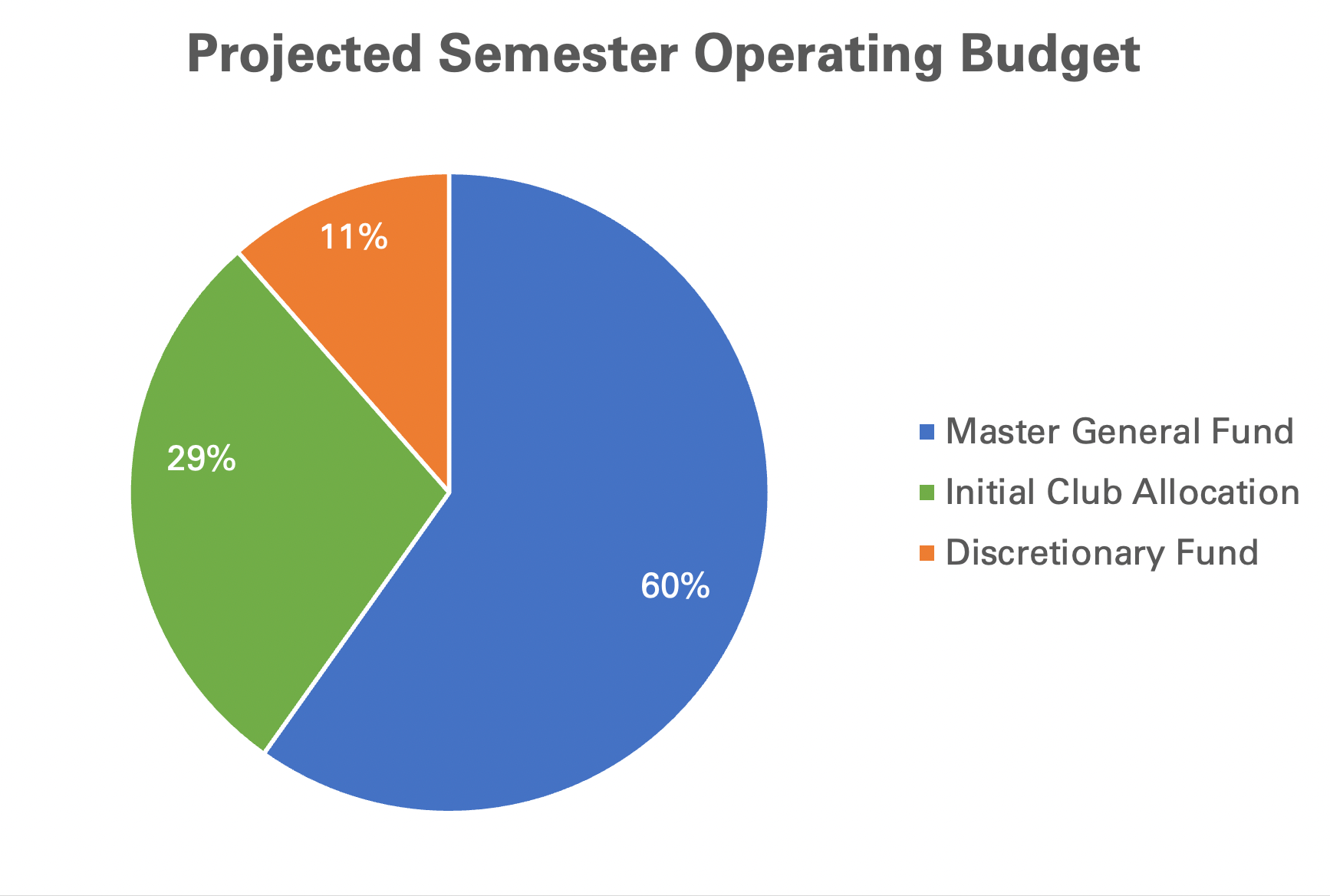
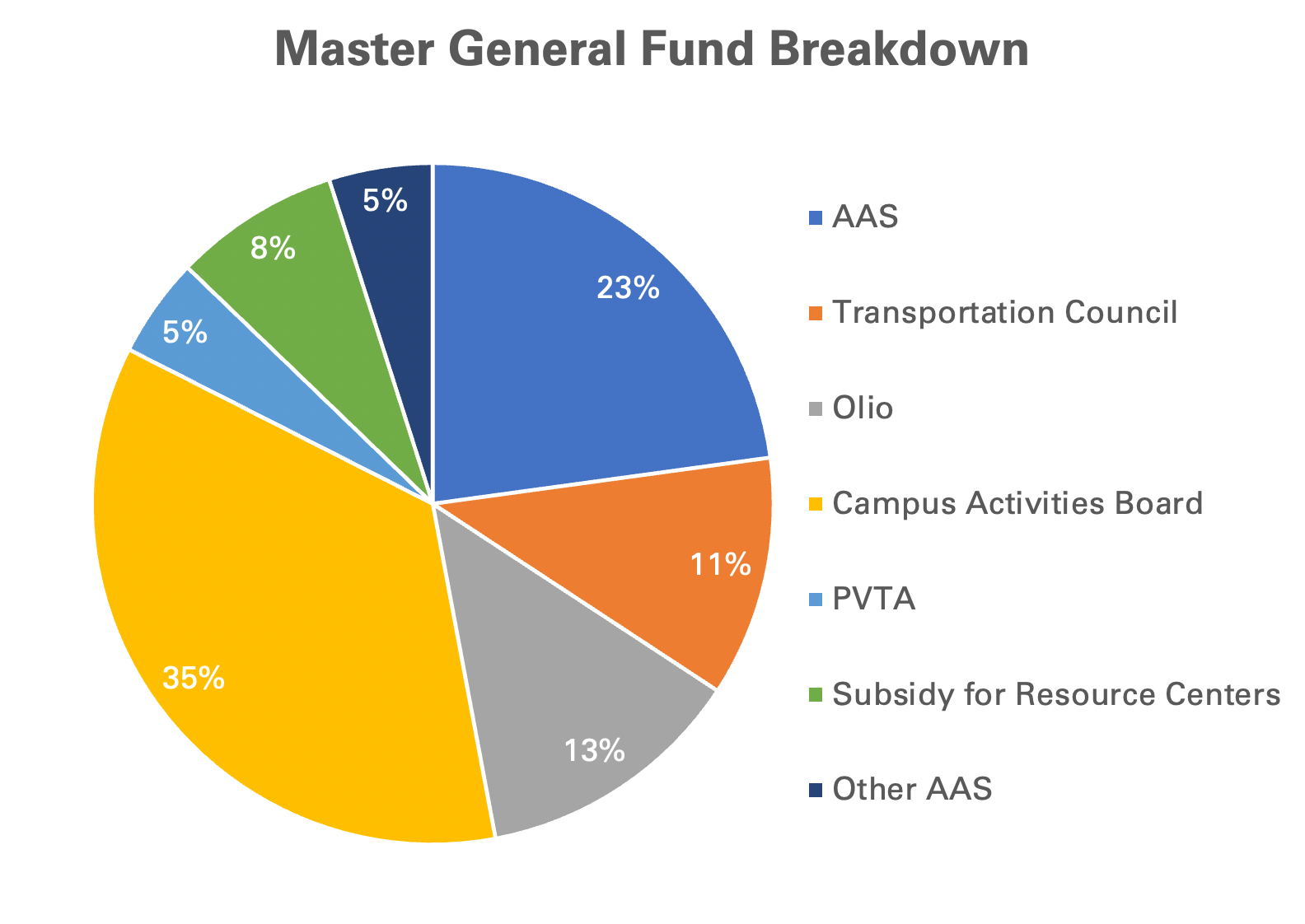
The auditor’s fees also shifted from $30,000 to $15,000. According to Soto, “The [earlier] auditor’s fees were based on our previous auditors, who worked on our books year-round and worked on our yearly audits. We have recently switched public accountants due to our last CPA dropping us as a client due to their volume and those fees are subject to change.”
The master general fund also includes the Senate fund, which makes up less than 2 percent of the total budget. The Senate fund is used for Senate projects and other costs of the Senate. Senators must complete a Senate project, meant to benefit the student body, to be eligible for re-election. So far this spring, the Senate fund has been used primarily to support the major fair.
The special projects fund includes funding for long-term projects, like giving the student body access to The New York Times and The Wall Street Journal, and free printing on campus. The AAS splits the cost of the Take Your Professor Out program 50-50 with Student Affairs.
The student activities fee is also used to subsidize the resource centers, which are sponsored by the Office of Diversity, Equity, and Inclusion. Hallak told The Student that recently the Resource Centers have come back to the BC requesting more funding.
The AAS allocates around 50 percent of the operating budget to Registered Student Organizations (RSO), which is around $200,000 to $300,000 per semester. This semester, the BC allocated $200,000 to clubs, but Hallak explained that with that budget they would not be able to sponsor as many RSO events as they historically have. Hallak emphasized that RSO’s are the BC’s priority because they do not have as many other pockets of funding available to them.
Usually club budgets are allocated at the end of the previous semester, although because of lack of clarity around the AAS’ finances this year, RSOs have been operating almost entirely through discretionary funds. Last week, initial club budgets were approved with an allocation of $126,640.73, which is 37 percent of the total operating budget. The BC has already allocated over $105,000 through the discretionary fund, although with the shift in the budget, there is only $50,640.73 available in it, putting the discretionary fund more than twice over its limit already.
Any unspent money from each semester gets put into the rainy day fund to accumulate. The rainy day fund does not have the same rules that Student Activities money does, and is mostly used for Senate projects after exhausting the Senate fund. The Senate fund historically grows every semester, but according to Hallak, the Senate has had to dip into since Covid. Last year’s budget was complicated, explained Soto, and the rainy day fund did not previously have its own bank account, but now it is held separately.


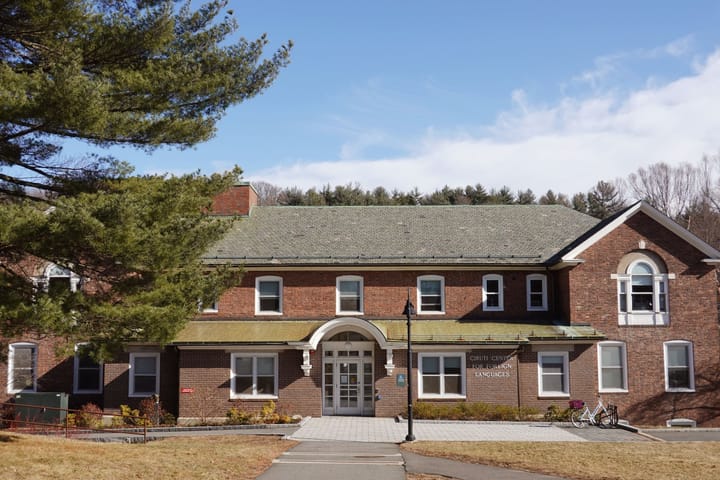
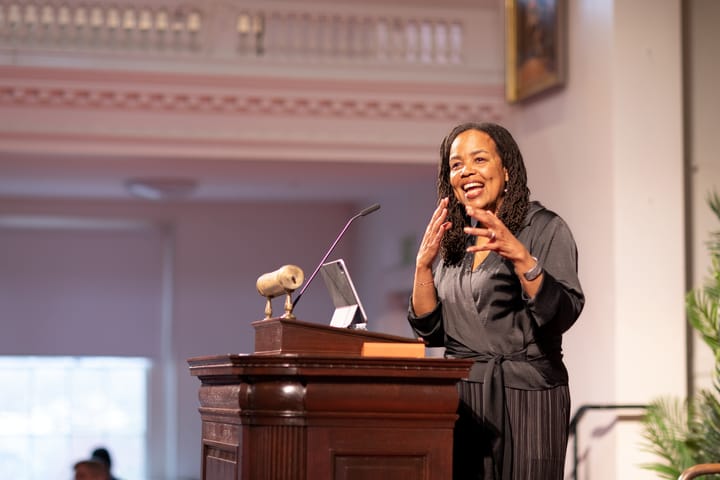
Comments ()